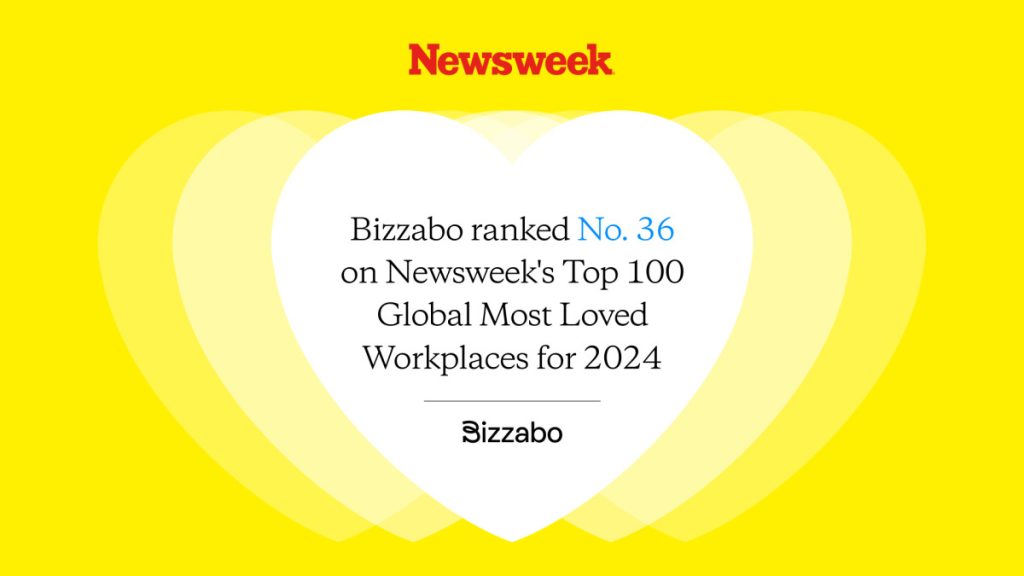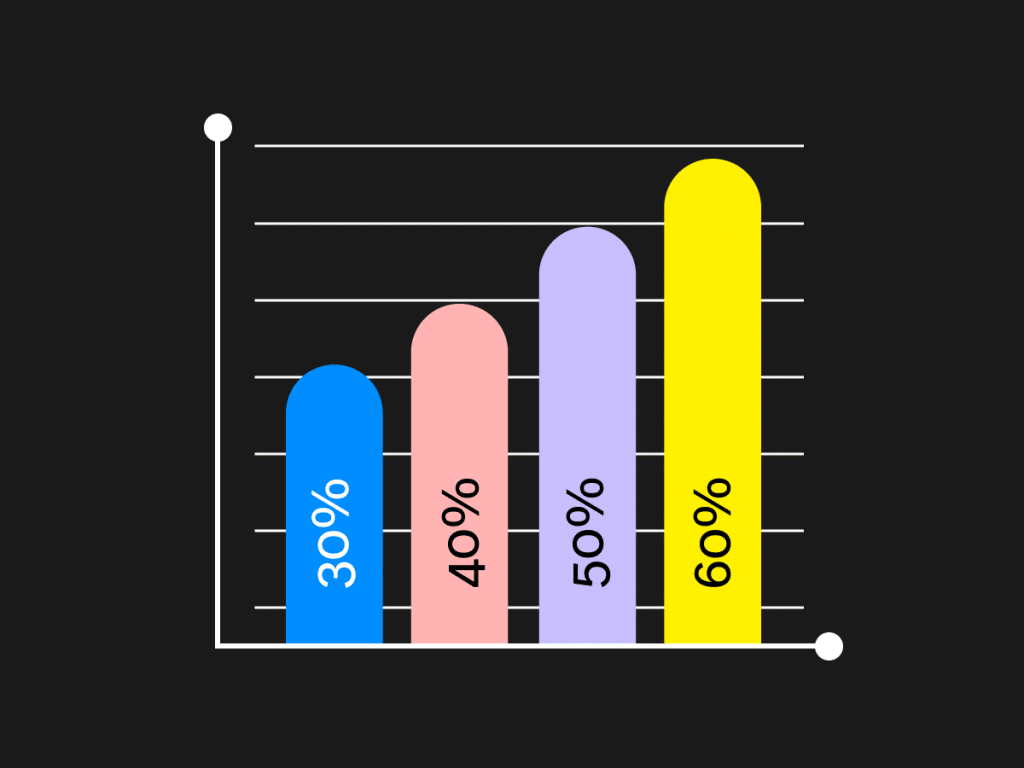The Micro-event Revolution: How Smaller Gatherings Are Making a Big Impact


In a world where bigger is often synonymous with better, the event industry is witnessing a paradigm shift: the rise of the micro-event or satellite event. As event organizers look for new ways to plan and execute events that matter, these small-scale gatherings are redefining the way we think about meetings and conferences.
According to the inaugural Gartner® Magic Quadrant™ for Event Technology Platforms, the trend toward hosting smaller, regional events is gaining momentum. Traditionally dominated by large-scale user and customer conferences, the event landscape is shifting as organizers now prefer more localized events. These smaller gatherings, which include intimate roundtables and discussions tailored for VIP attendees, necessitate intricate planning due to their complex nature and the need for detailed role-based permissions.
The challenges associated with these events, such as the need for specific attendee access and compliance with brand standards, are leading vendors to develop sophisticated solutions that support customized event workflows and ticketing systems. This evolution addresses the difficulties of organizing extensive travel for large conferences and caters to a more personalized, interactive experience.
Meanwhile, today’s attendees want to see more efforts made to meet their expectations. Our State of in-person B2B conferences report found that venue location; diversity, equity, and inclusion (DE&I) efforts; travel/accommodation costs; and sustainable practices are among the top priorities attendees consider when deciding whether to attend an in-person event.
Let’s delve into why micro-events are becoming increasingly popular among attendees and organizers and how they are making a substantial impact.
The Appeal of Intimacy and Exclusivity
One of the defining features of micro-events is their limited size, which typically involves a gathering of 10 to 50 participants. This intimate setting fosters a sense of exclusivity and personal connection that larger events often lack.
Attendees are not just faces in a crowd but active participants who have the opportunity to engage in meaningful interactions. This closeness creates an environment conducive to networking, learning, and collaboration.
Enhanced Focus and Engagement
With fewer attendees, small-scale or satellite events allow for a more focused agenda tailored to the specific interests and needs of the participants. The smaller size encourages active participation and engagement, making it easier for attendees to contribute to discussions, ask questions, and share insights. This leads to a more dynamic and interactive event experience, with a higher likelihood of attendees feeling their time was well spent.
Cost-Effective and Accessible
Organizing a large-scale event can be a logistical nightmare and a financial burden. Micro-events, on the other hand, are more manageable and cost-effective. They require fewer resources, simpler logistics, and less financial investment, making them an attractive option for both organizers and participants.
This accessibility opens up opportunities for smaller organizations and communities to sponsor and partner on events that were previously out of reach due to budget constraints.
Adaptable and Creative Formats
The smaller scale of micro-events allows for more creativity and flexibility in their format. From intimate workshops to cozy networking dinners, the possibilities are endless.
This adaptability makes it possible to create unique and memorable experiences that stand out from the typical conference or seminar. It also allows organizers to experiment with unconventional venues, from art galleries to private homes, adding an extra layer of charm and distinctiveness to the event.
Building Stronger Communities
Small-scale events are particularly effective in building and strengthening communities. These events create a sense of belonging and community by bringing together a select group of individuals with common interests or goals. Participants often leave with new knowledge or business contacts and a feeling of connection to a like-minded group — locally — which can be incredibly valuable in today’s fragmented world.

The Sustainability Factor
In an era where sustainability is becoming increasingly important, micro-events offer an eco-friendlier alternative to large-scale gatherings. Smaller events typically result in a lower carbon footprint, less travel, reduced energy consumption, and less food waste.
With fewer attendees, it’s also possible to avoid material waste by going digital and leveraging event technology for more engaging networking opportunities. This sustainability aspect is good for the planet and appeals to environmentally conscious attendees and organizations.
Tailoring to Niche Audiences
Micro-events are ideal for catering to niche audiences. By focusing on a specific topic or industry — or even job title — organizers can create highly specialized content and event experiences that resonate deeply with attendees. It also makes it easier to create content catered to neurodiverse audiences and attendees with different learning preferences.
This level of specialization is often difficult to achieve in larger events, where the need to appeal to a broader audience can dilute the focus and relevance of the content. The more personalized and niche your event, the more likely you’ll achieve your event goals and prove event ROI.
The Future of Micro-events
As we look to the future, it’s clear that small-scale events will continue to play a significant role in the events industry. Their ability to offer personalized, engaging, and meaningful experiences is unmatched.
As event technology continues to evolve, we can expect to see more hybrid micro-events, combining the intimacy of in-person gatherings with the reach and accessibility of virtual platforms. We also foresee a future in which micro-events leverage smart badges and other smart technology to deliver more meaningful networking experiences and opportunities for sponsors and exhibitors alike.
Hear Aleksandra Panyukhina talk about maximizing ROI and relationships through micro-events on the Event Experience podcast:

How To Put Micro-events Into Practice
Let’s consider a hypothetical scenario in which your company wants to host its flagship annual conference. The main event is scheduled in Los Angeles, but recognizing the diverse geographical distribution of its clientele, you decide to organize satellite events in other major cities like Boston, Seattle, Dallas, and Philadelphia.
In this setup, the central event in Los Angeles is open to all with no attendance limit, offering a broad spectrum of activities and keynote sessions. Simultaneously, smaller, more exclusive gatherings are held in the other cities, each with limited attendance to maintain a more intimate setting.
These satellite events not only stream the main keynote speeches from Los Angeles but also feature local speakers and activities that reflect the unique culture and business environment of each city. Your catering comes from local businesses, and you leverage local talent for entertainment and meaningful event activations.
Meanwhile, you can either repurpose the event content for a secondary virtual event taking place the following week or you can livestream the keynote from Los Angeles and various key sessions from different cities around the country.
By adopting this model, your company provides flexible participation options: a grand, bustling event in Los Angeles for those who can make it, and smaller, more localized experiences in other cities. This approach ensures that everyone — regardless of their location — can engage in a meaningful and tailored event experience.
Make Your Next Event a Micro-event and Reap the Rewards
The micro-event revolution is a testament to the power of small-scale gatherings in making a big impact. These events offer a unique blend of intimacy, engagement, and creativity, providing a refreshing alternative to traditional large-scale conferences and meetings. As we move forward, embracing the micro-event trend can lead to more meaningful, sustainable, and impactful gatherings that resonate with attendees on a deeper level.
Whether you’re an event planner, a business leader, or simply someone who loves bringing people together, consider the potential of micro-events. By focusing on quality over quantity, you can create extraordinary experiences that leave a lasting impression on your attendees. Welcome to the micro-event revolution — where small gatherings are making a big difference.
Editor’s note: This article was published in November 2023 and has been updated for quality and relevance.






